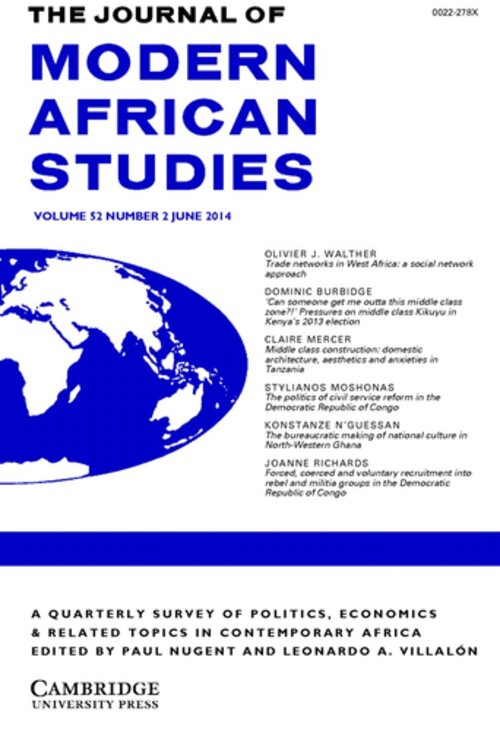Publications
Forced, coerced, and voluntary recruitment into rebel and militia groups in the Democratic Republic of Congo
Release Date
2014-06
Language
- English
Topics
- –
Why do non-state armed groups forcibly recruit civilians? To address this question I develop a conceptual framework distinguishing voluntary, coerced and forced recruitment. I then compare the recruitment tactics employed by ‘Mai-Mai’ militias and the RCD-Goma rebel group in the Democratic Republic of Congo (DRC) in order to inductively develop a theory explaining why groups with different initial economic and social endowments resort to force. This comparison draws on interviews with 41 former militia members and 11 former members of RCD-Goma. The theory suggests that forced recruitment is most likely to occur when non-state armed groups experience manpower deficits and when accountability (to local communities, government sponsors and/or the international community) is low. High levels of popular support will not necessarily prevent recourse to force under these conditions, but may mean that force is less necessary because voluntary and coerced recruits come forward to fill manpower gaps.
Please find the article here.
Cite as
Document-Type
Journal Article
Publisher
Cambridge University Press
Place
Cambridge
Is part of / In:
Countries/Region
Congo, Democratic Republic of the



